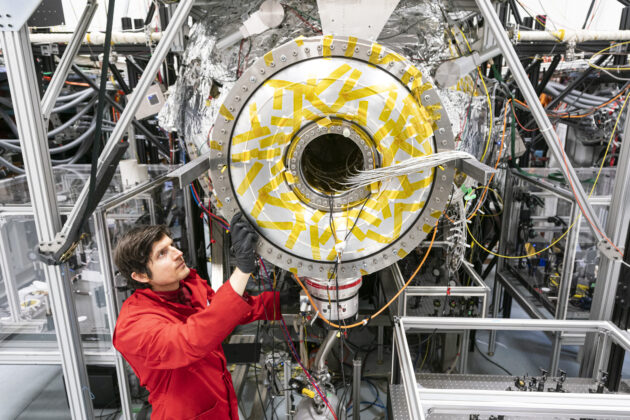
The nuclear fusion sector is hot. Maybe not 100 million degrees Celsius — which is the sort of mind-blowing temperature needed to make this futuristic power source possible — but the industry is sizzling.
Fusion energy could provide a nearly infinite source of carbon-free power and help save the planet from climate change. Companies in the Pacific Northwest and elsewhere are raking in billions to pursue the dream with investments from tech heavyweights such as Bill Gates, Jeff Bezos, and OpenAI CEO Sam Altman.
Despite the financial momentum, and headline-grabbing scientific breakthroughs, huge hurdles remain. In fact, no fusion company has yet hit the essential target of getting more energy from fusion reactions than it puts into them.
“You could say certain concepts are overhyped because they don’t have the scientific basis that would merit the amount of capital that’s going into it,” said Phil Larochelle, a fusion investor and partner with Gates-led Breakthrough Energy Ventures. “But I think that there’s a whole bunch of really legitimate fusion concepts out there that do merit a lot more attention.”
Or as Sibylle Günter, scientific director of the Max Planck Institute for Plasma Physics, said in a Bloomberg broadcast last year: “There is a lot of money going into these companies and it’s very interesting and exciting. There are some I really love — and some I would rather laugh about.”
“You could say certain concepts are overhyped because they don’t have the scientific basis that would merit the amount of capital.”
– Phil Larochelle, Breakthrough Energy Ventures partner
The stakes are no laughing matter. The fear is that fusion companies making outlandish promises could undermine support for those logging real progress. The field has struggled to shake off embarrassing failures of the past, including the cold fusion flop of the 1980s and the running joke that fusion energy was always “20 years in the future.”
Some critics worry about wasting tax dollars as governments worldwide funnel billions of dollars into fusion research. Others object to pulling resources from already proven technologies — including nuclear fission — for a solution that could still be decades out.
The Pacific Northwest is a hub for the sector and recently hosted its third annual Fusion Week. There are six fusion companies in the region: Helion Energy, Zap Energy, Avalanche Energy and General Fusion are all working to generate fusion power; while Kyoto Fusioneering and ExoFusion want to commercialize the technology.
Given the massive potential, fusion companies have raised $7 billion in public and private investments, with about 70% of those dollars raised since 2021, according to PitchBook. Companies are inking partnerships to provide electricity to corporate customers and a Pentagon deal to power spacecraft before the end of the decade.
But billions of dollars and many decades into the tech, the key question remains: is fusion over-frothed and under-delivering, or are these sound bets with big payoffs around the corner?
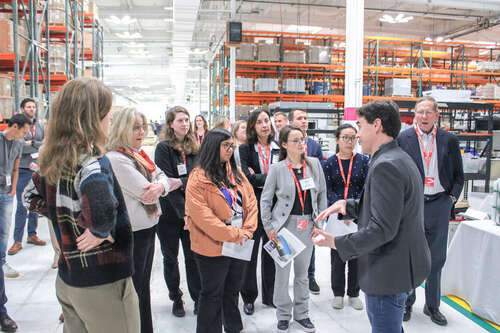
A matter of timing
Fusion is what powers the sun and stars. It produces energy from smashing atoms together — essentially the opposite of the atom-splitting fission reactions that power today’s nuclear reactors. Generating fusion requires extremely hot, dense conditions and sustaining a highly energized state of matter called plasma. Researchers use various combinations of ultra-strong magnets, lasers and electric currents that create magnetic fields to produce fusion.
While fusion energy has eluded scientists, fusion reactions have not. In the 1930s, researchers first demonstrated fusion at the University of Cambridge. In 2020, Guinness World Records deemed a 12-year-old boy from Tennessee the youngest person to have accomplished the feat.
But experts from government-led fusion facilities in the U.S. and abroad have predicted that energy generation from commercial reactors won’t occur for decades. Omar Hurricane, a chief scientist at Lawrence Livermore National Laboratory, told Scientific American this summer that “it’s not going to be viable in the next 10 to 20 years, so we need other solutions.”
Journalist and vocal fusion critic Charles Seife went so far to compare the sector’s promises to the empty claims peddled by Elizabeth Holmes, the convicted former CEO of Theranos.
Even looking just at Pacific Northwest companies, one finds a trail of missed milestones.
- General Fusion launched in 2002 and is one of the world’s earliest commercial efforts. A Wikimedia page plots numerous missed deadlines. They go back to plans for an experimental reactor that by 2006 would achieve “scientific breakeven” — a key milestone of producing more energy than required to create fusion.
- Almost a decade ago, Helion predicted reaching scientific breakeven by 2017.
- Zap hoped to get there this year, though it almost certainly won’t.
Nudging the field forward
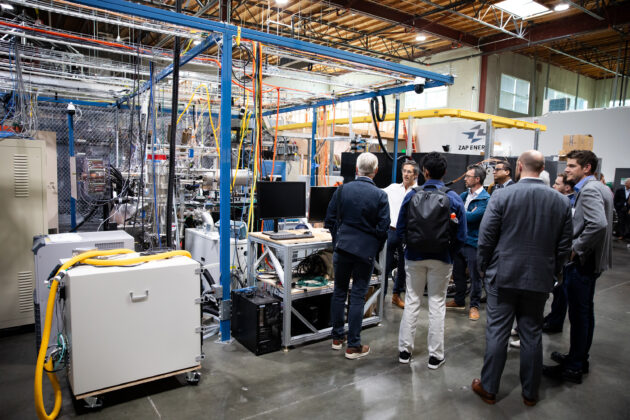
Fusion companies say the scuttled targets shouldn’t damn the sector.
“The nature of this business is you have to set aggressive goals,” said Mike Donaldson, General Fusion’s senior vice president of technology development. “They’ve got to be realistic, they can’t be fanciful. But I think we all need to acknowledge that the path to success is uncertain.”
Supporters point to meaningful headway being made at national labs and individual companies.
- In December 2022, the National Ignition Facility (NIF) at Lawrence Livermore National Laboratory achieved scientific breakeven — then hit it again twice more this year. The accomplishment at last proved the theory that fusion on Earth could produce net energy.
- Commercial companies regularly report advances that nudge the field towards electricity generation, some publishing their progress in peer-reviewed journals. The Biden administration created a milestone-based funding program to advance fusion power, with Zap recently selected among its eight awardees.
“There may be moments that we miss some kind of announced milestone, but it doesn’t mean that we’re off the critical path,” said AJ Kantor, Zap’s chief of staff.
“That’s what’s really important,” she continued. “If you have peer-reviewed science, if you have something that demonstrates you have a path forward and that you’re charting that path … there’s a lot more, we’ll call it forgiveness, in the minds of people understanding that you don’t just ‘magic’ fusion into existence.”
How to judge
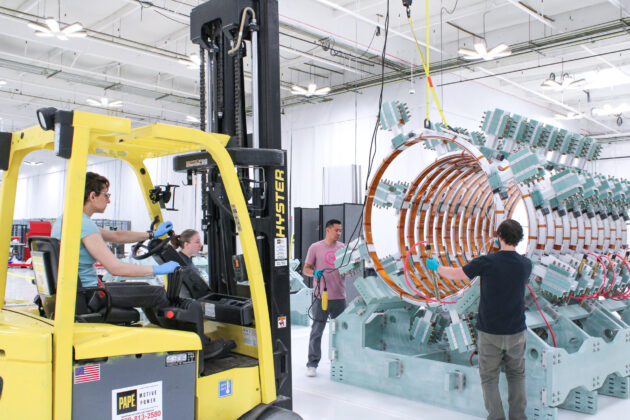
Fusion science is esoteric stuff with private companies carefully guarding their intellectual property. It’s difficult for outsiders to assess the viability of the different technologies.
For Larochelle, of Breakthrough Energy Ventures, peer-reviewed publications have been essential in the decision to invest in four ventures: Zap, Commonwealth Fusion Systems, Type One Energy, and Xcimer.
“If you’re not willing to put your theory and experiments and measurements out there for general review by the scientific community so that people can scrutinize your results with the appropriate amount of skepticism, then we just don’t feel like we can vouch for the science,” Larochelle said.
Among Pacific Northwest companies, Zap has 19 peer-reviewed publications since launching in 2017. General Fusion has published 20 in its two decades. Avalanche has zero publications, but has new funding that will allow the company to submit papers for review, co-founder Robin Langtry said recently.
Ten-year-old Helion has published just two papers, one of which came out this past summer. After its first publication in 2015, a Chinese website posted a graphic of a fusion device that bore a troubling resemblance to Helion’s technology, said Jessie Barton, Helion’s director of communications.
“If we’re publishing too much, we are putting ourselves at risk, not just as Helion but as a country, to lose our edge in the race to fusion,” Barton said.
Despite its public opacity, Helion has worked with investors who sought outside validation of the technology, Barton said, and the company has landed $612 million in venture capital plus two contracts for power purchases.
‘The biggest risks’
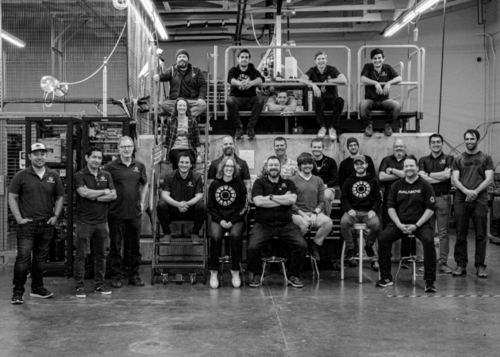
In the near future, fusion companies will have their chance to shutdown the naysayers — or walk back newly missed milestones.
Helion is up first. Next year the company plans to start operating Polaris, its seventh-generation fusion device currently under construction in Everett, Wash. Helion hopes Polaris will be the first fusion device ever to produce electricity.
At the same time, it aims to break ground for what could be the world’s first commercial fusion reactor at an as-of-yet undisclosed location in Washington. To launch the project, Helion and Microsoft signed a deal in which Microsoft agreed to buy power from the plant, and Helion risks financial penalties if it doesn’t deliver. The reactor is scheduled to deploy by 2028.
“We know that we’re setting aggressive targets.”
– Jessie Barton, Helion’s director of communications
“We know that we’re setting aggressive targets,” Barton said. But given the many years it takes to navigate the regulatory approval and permitting to get new energy on the grid, Helion believed it was necessary, she said.
Avalanche, the relative new kid on the block, was founded by two former Blue Origin engineers in 2018. Last year the startup came out of stealth and quickly landed a Pentagon contract with the Defense Innovation Unit to develop a fusion device for powering spacecraft.
The deal has Avalanche providing a demonstration of its technology in 2027, but that depends on the federal program receiving funding to go from studies into building hardware.
Despite fusion’s uncertainties and spotty track record, Larochelle remains confident that the science can ultimately deliver. The important unknown, he said, is the funding.
“There’s a bunch of concepts that look really promising,” Larochelle said. “The biggest risks to them not getting to the finish line may just not be enough resources or capital.
“We’ve been under-resourcing fusion for a while,” he added, “and I hope that we can correct that now.”
Continue reading for details on the Pacific Northwest’s four companies attempting to make fusion energy.
Helion Energy
- Location: Everett and Redmond, Wash.
- Founded: 2013
- Funding: $612 million in venture capital (plus $1.8 billion of additional funding unlocked if deadlines are met); $8.97 million in public grants from U.S. DOE.
- Upcoming targets: Commercial power by 2028.
In addition to its deal with Microsoft, Helion in September announced an agreement with Nucor to build a 500-megawatt fusion reactor to power a steel-making facility owned by the industrial manufacturer. The aim is to start operations by 2030. The arrangement includes a $35 million investment from Nucor.
Zap Energy
- Location: Everett and Mukilteo, Wash.
- Founded: 2017
- Funding: $200 million in venture capital; $12.8 million in public grants from U.S. DOE.
- Upcoming targets: Commercial power by 2030.
Zap increased its talent pool earlier this year when it hired three of the four co-founders of former rival CTFusion, a Seattle fusion startup that ran out of funding. The company is currently expanding into a larger space. Kantor describes the company as simultaneously working on the different elements of their device, which will come together to create fusion and capture its energy.
Avalanche Energy
- Location: Seattle
- Founded: 2018, out of stealth in 2022.
- Funding: $45.1 million in venture capital and $275,000 in private grants from National Science Foundation Small Business Research Innovation (NSF SBIR).
- Upcoming targets: Technology demonstration in 2027.
Avalanche is something of a wildcard as it pursues fusion energy production with a device the size of lunchbox that it calls an Orbitron. Their strategy uses a technology that has been little researched, but its founders and investors find promising. “At 33 people now,” said Langtry, “we’re the largest group that’s ever attempted electrostatic fusion. We’re the most resourced.”
General Fusion
- Location: Headquarters in Burnaby, B.C.; a demonstration site at the U.K. Atomic Energy Agency’s Culham Campus; office near Oak Ridge National Laboratory in Tennessee.
- Founded: 2002
- Funding: Roughly $244 million in venture capital and $81 million in public grants from Government of British Columbia, Government of Canada, Sustainable Development Technology Canada.
- Upcoming targets: Scientific breakeven by 2026.
Over time, General Fusion has shifted strategies, pivoting from a technology known as a spheromak to spherical Tokamak plasmas. It recently put on hold the groundbreaking of a demonstration project in the United Kingdom — news that came after it previously announced the fabrication of a key component of the planned device. It’s now building a prototype reactor in B.C. that will be half the size of its intended commercial device.
On Wednesday, General Fusion announced a partnership with TRIUMF, Canada’s particle accelerator center, to design diagnostics for verifying its demo reactor’s performance.

